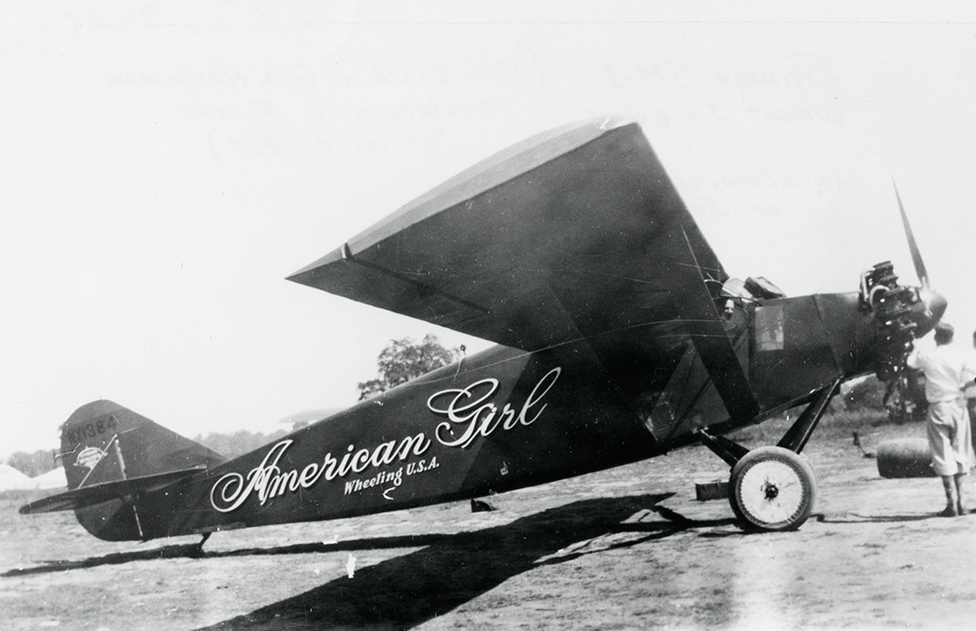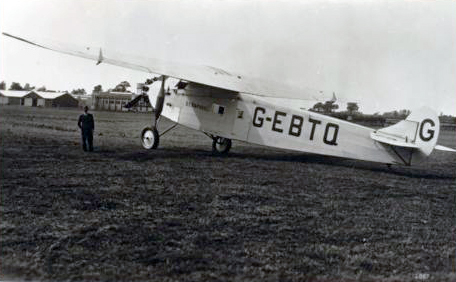Crash of a Stinson SM-1 Detroiter in the Atlantic Ocean: 2 killed
Date & Time:
Mar 13, 1928 at 1400 LT
Registration:
NC4183
Survivors:
No
Schedule:
Cranwell – Long Island
MSN:
M223
YOM:
1928
Crew on board:
1
Crew fatalities:
Pax on board:
1
Pax fatalities:
Other fatalities:
Total fatalities:
2
Circumstances:
The pilot Raymond Hinchliffe and the British actress Elsie Mackay were engaged in a nonstop transatlantic flight from UK to Long Island. The aircraft named 'Endeavour' departed RAF Cranwell, Lincolnshire, at 0845LT bound to the US. The single engine was spotted over Crookhaven, in the Cork county, and later by the crew of the French steamer 'Josiah Macy'. As the aircraft failed to arrive at destination, SAR operations were undertaken for several days but eventually suspended as no trace of the aircraft nor the crew was found. On December 1928, a wheel from the aircraft (with a serial number proving it was from this aircraft) was found on a beach in the Donegal county, Ireland. This was the only trace ever found. According to authorities, it is believed that the aircraft probably crashed into the ocean around 1400LT.









